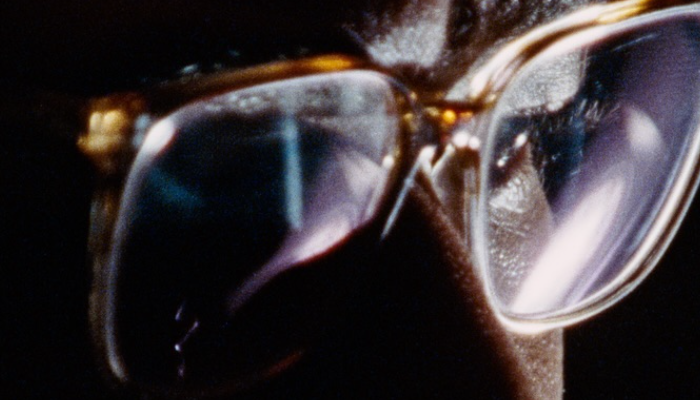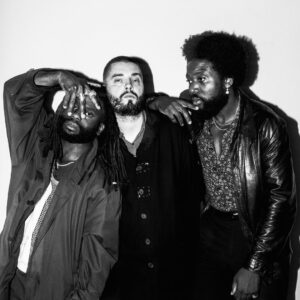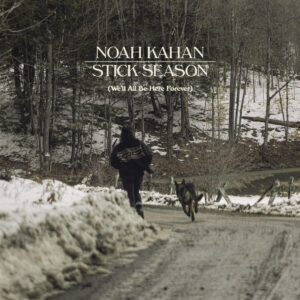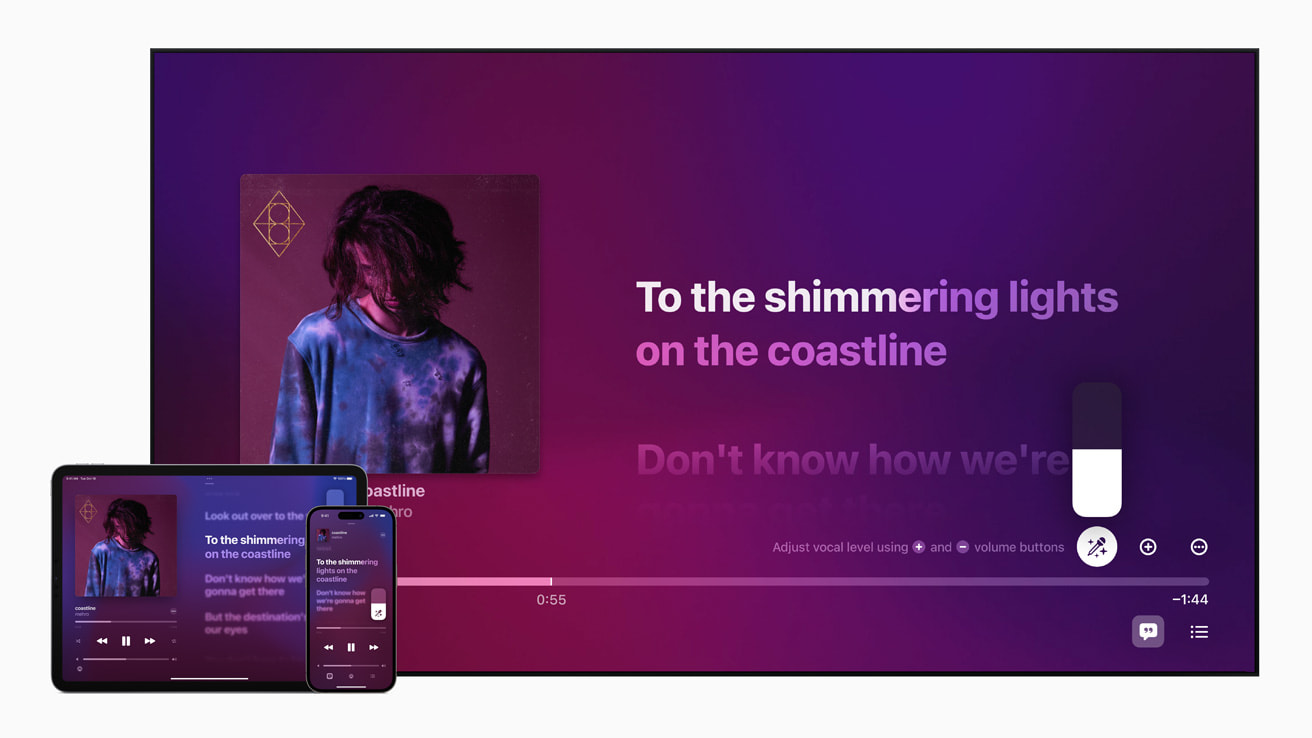The cover for “In The Night,” by Childish Gambino.
After a spate of headlines in the past several years where he flirted with out-and-out retirement, Childish Gambino provided a concrete roadmap for the end of his stage name earlier this year. First, Atavista: a remastering and expansion of his 3.15.20 album. Then, the final Childish Gambino album—now released in full; here’s everything you need to know about Bando Stone And The New World.
Childish Gambino Showcases Versatility on Bando Stone And The New World
Almost as a rule, Brando Stone And The New World vacillates between soft, indie-adjacent and abrasive, avant-garde. After the intro track and the previously released “Lithonia,” the LP really begins on the former note with “Steps Beach.” If you tend to enjoy mellower Childish Gambino cuts (like this writer does, transparently), “Steps Beach” will be a massive highlight. Though obviously getting his start rapping, beginnings that he revisits plenty throughout this tracklist, material like this elucidates how at some point around “Awaken, My Love,” his singing talents became the strong suit. The layered textures he provides over beachy, airy strings are patently addictive. It’s times like this where regardless of his future plans, moving on from this current era feels most like a loss.
“Cruisin” is a moment where the two worlds meld together. Sparkling synth sections and a melodic performance by Gambino speak to the former, while heavily distorted synths and trademark robotic croons by Yeat speak to the latter. “Got To Be” swings the pendulum entirely in the other direction. The latter half devolves into a Gesaffelstein-esque droning pursuit, replete with deep panting SFX from the “Redbone” singer.

Ties To Glover’s Upcoming Film & A Surprise Drake Diss?
While decidedly transfixing, it does bring up a minor bump in Bando Stone’s construction: consistent references to the yet-unreleased film of the same name. Throughout the project, dialogue samples from his upcoming motion picture debut work in as little narrative breadcrumbs. It’s not that the album is unintelligible without the proper context, nor are the moments unenjoyable. However, leaving the full impact of these snippets unknowable until a later date certainly makes this feel the slightest bit incomplete, even if it is missing just a percentage point or two.
“Yoshinoya” has already proven a buzzy topic in the days since the project’s release, largely because Gambino seemingly points many of the bars in the latter half at a rapper from Toronto. Though certainly subterranean compared to the Kendrick/Drake beef that took over Q2, a series of interview/live show back-and-forth barbs means that for true hip-hop fanatics, this spat won’t come as a surprise. To be sure, Glover lands some blows, but most read as towards the petty side, especially in a post “Not Like Us” landscape.
Closing The Book On The Childish Gambino “Project”
There are a few spots where Gambino seemingly codes the main energy of a song to his collaborators. “Happy Survival,” functionally a Khruangbin-led instrumental break towards the end of the project, is a far extreme, but even a song like Talk My Shit sees Flo Milli really become the true driver of the track. To her credit, it’s a wise choice; the Gambino verse that starts the song off essentially pins him as a boyfriend trying to restrain an out-of-control partner, cueing up a gleefully unhinged and erratic performance by Milli and Amaarae to close things out.
Bando Stone & The New World proves that Childish Gambino left no stone unturned in his career, and absolutely never ran from a challenge, embracing totally new sounds with each new project. No matter how long it takes for or what shape a new Donald Glover project takes, it’s refreshing that the extremely sturdy Childish Gambino catalog has a beginning, middle and end, and one of the most gratifying artistic arcs contained within those margins.
You can find Bando Stone & The New World as well as the full Childish Gambino backlog on streaming platforms everywhere.
















